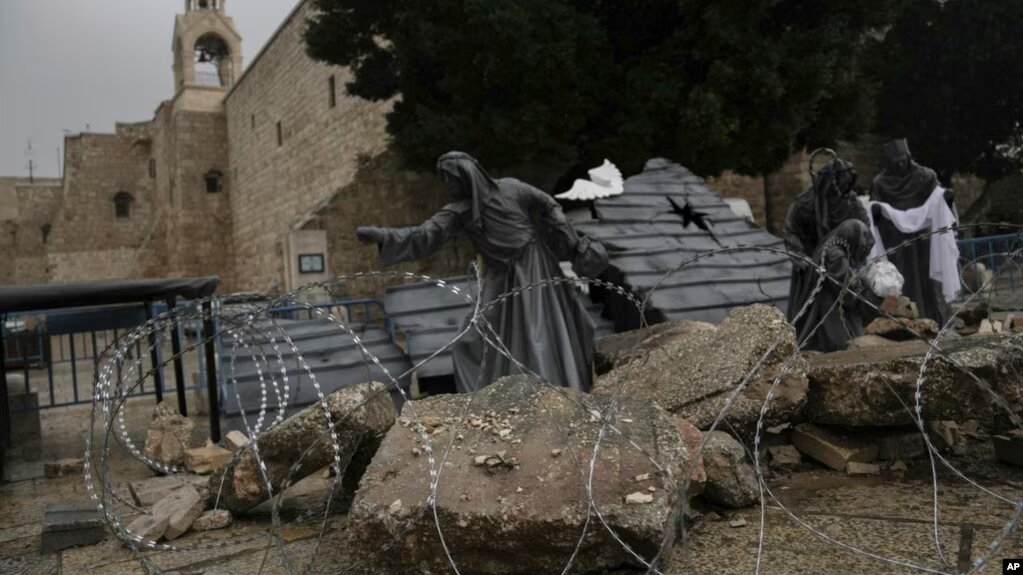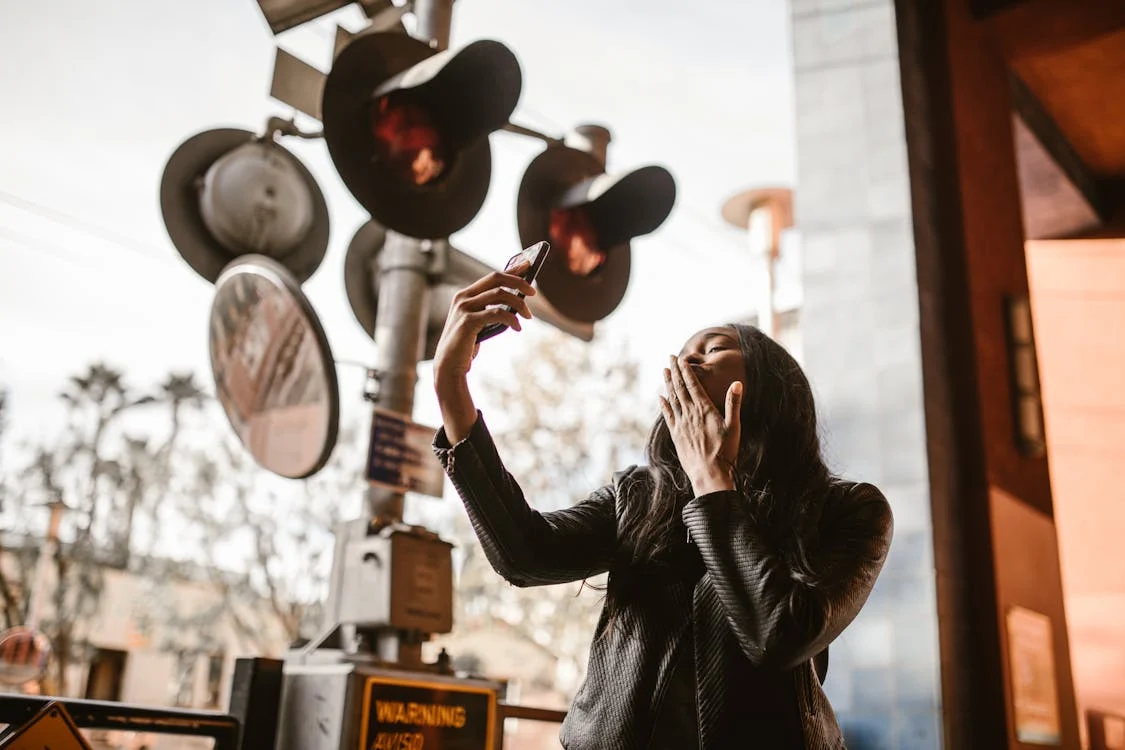How to have a green Christmas

Christmas may be the season of giving, relaxing and indulging, but it’s certainly not the most eco-friendly time of the year.
With the added strain on Dandora Dumpsite and extra CO2 emissions that occur during the Christmas period, the festive season is one of the most taxing times of the year for the environment.
If you’re concerned about your carbon footprint this December but you don’t want to compromise on fun, here are my top tips for an eco-friendly Christmas that won’t harm the planet, or your Christmas cheer.
Eco-friendly Christmas trees
In the UK an estimated six million Christmas trees are sent to landfill every year, equalling approximately 9,000 tonnes of extra waste, wasting money that could be injected back into the community.
We may not have the statistics in Kenya but I am sure there is a high amount of tree waste accumulated here too. However, do not be tempted to switch to an artificial tree this year.
Plastic Christmas trees are made from a combination of unrecyclable materials that can be potentially hazardous. The majority of artificial trees are shipped from China, adding to their large carbon footprint.
Planet-kind cards
It is estimated that almost one million cards are delivered on average by the Kenya Postal Services in the run up to Christmas. Considering how simple most of these cards are to recycle, they still end up in a dumpsite and can take up to 30 years to decompose.
As well as recycling the cards you receive in the post, why not get crafty with the kids and make your own eco-friendly Christmas cards to send. Use recycled cards and envelopes or you can buy recycled cards.
Christmas is all wrapped up
The packaging on your Christmas presents can be problematic for the environment. Do your bit to reduce this figure by using recycled wrapping paper and always recycling the wrapping you receive wherever possible.
The Christmas food wastage crisis
When planning your Christmas feast, the most eco-friendly way to dine is to eat organic whenever possible. Whether you are veggie, vegan or having nyama choma choose local, organic produce to reduce the impact on the planet.
You can also use briquettes to cook with such as Eco Makaa, which supports the local youth community at Dandora Dumpsite in Nairobi.
Be sure to plan your meals carefully so you are not buying food you and your family won’t eat.
Put your vegetable leftovers that can’t be reused in a compost bin or compost heap in the garden.
Not all lights are created equal
There isn’t a more festive sight than when the Christmas lights start appearing on houses in your neighbourhood.
As we all know, electric lights are costly both to our pockets and to the environment, but you can still enjoy the twinkle of fairy lights at home while remaining environmentally conscious.
Indoor LED fairy lights are a great option when decorating your home for Christmas. LED lights generally don’t produce heat, making them ideal for decorating your Christmas tree.
Author Profile
Njange Maina
Njange Maina is a journalist by profession with a degree in Journalism from the Multimedia University of Kenya. He is currently pursuing a micro-masters degree in Digital Branding and Marketing. He is interested in digital media, human interest stories, and business journalism.
View all posts by Njange Maina












